AO Edited
Starting Point of the First Mardi Gras Parade
In 1857, the Mardi Gras parade tradition began at this intersection.
On the night of February 24, 1857, under gaslit torches in New Orleans’s warehouse district, a Mardi Gras tradition was born. At the intersection of Julia and Magazine Streets, the Mistick Krewe of Comus kicked off Fat Tuesday with a parade that marched through the main thoroughfares of the city to the Gaiety Theatre, on Gravier Street between Carondelet and Baronne Streets.
The organized procession coalesced around a single theme, “The Demon Actors in Milton’s Paradise Lost,” and featured classic characters from Paradise Lost, such as Pluto and Prosperine, the Fates, fairies, harpies, gorgons, Satan, Isis, Osiris, and many others. Once the parade reached the Gaiety Theatre, members presented four tableaus taken from Paradise Lost: Tartarus, the Expulsion, the conference of Satan and Beelzebub, and finally Pandemonium. After presenting the four tableaus, Krewe members attended a masked ball at the Gaiety, partying into the night.
Prior to Comus’s 1857 parade, New Orleans’s Mardi Gras celebration looked far different from today’s. Beginning in the 1830s, raucous street parties would take over the city on Fat Tuesday, and sometimes the unorganized festivities would even turn violent. One newspaper editor even suggested the celebrations should be banned altogether. The organization of a “Krewe” with their themed costumes and an organized parade followed by a ball brought the foundational elements to Mardi Gras that continues today.
After 1857, the Mistick Krewe of Comus continued parading annually until the Civil War paused celebrations from 1862 until 1867. From then on, the tradition continued and strengthened with a second Krewe forming in 1870, the Twelfth Night Revelers. In 1872, local businessmen formed the King of Carnival, Rex. That same year, the traditional colors of purple, green, and gold were selected as Carnival’s official colors in honor of a visiting Russian Grand Duke and his family colors. The colors’ meaning later changed: purple for justice, gold for power, and green for faith. In 1875, Louisiana Governor Warmoth signed the “Mardi Gras Act” making Mardi Gras a legal holiday in the state, which it remains to this day.
Know Before You Go
The plaque is located near the intersection of Julia Street and Magazine Street.

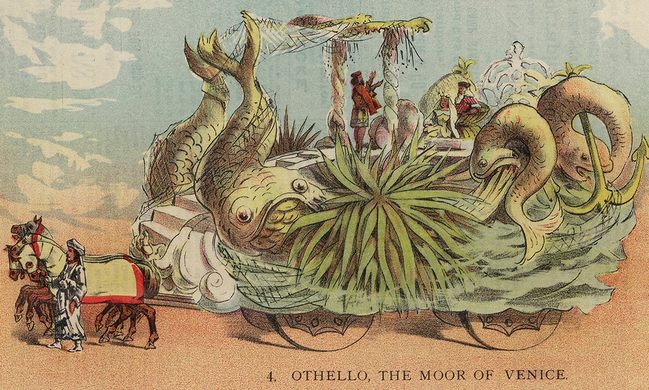


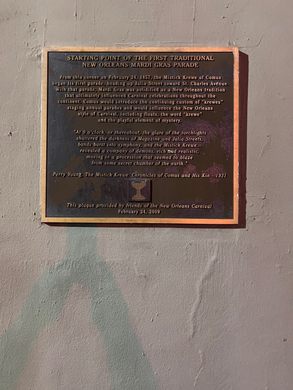
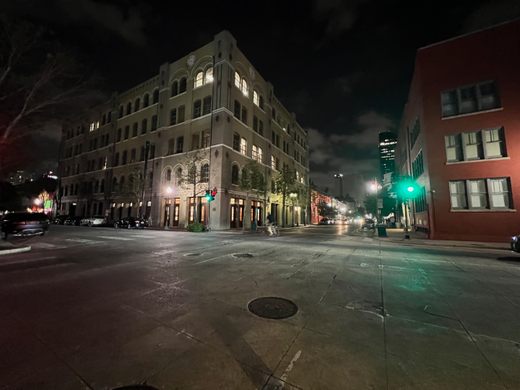
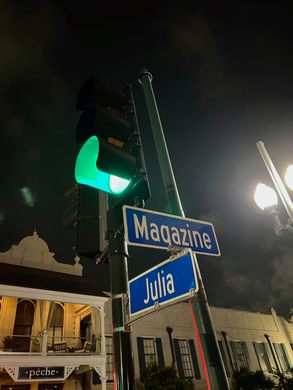





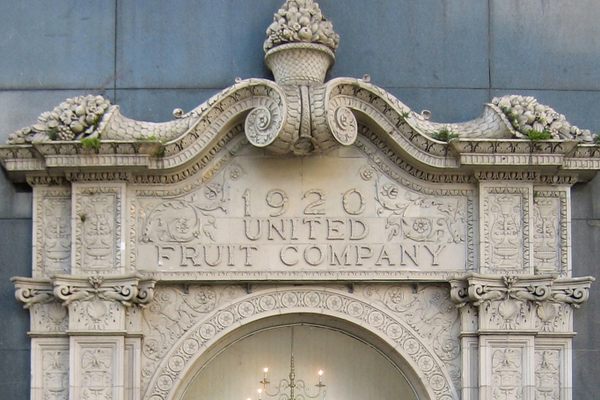
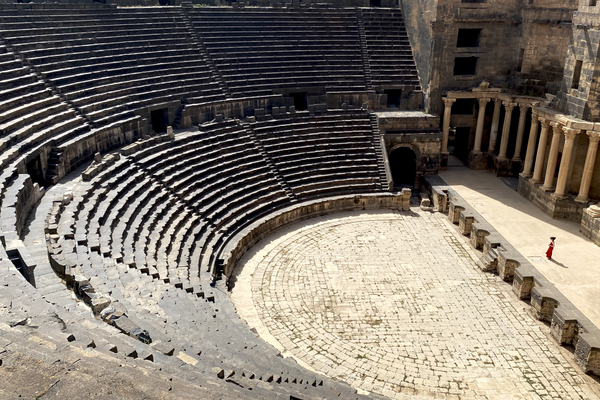




Follow us on Twitter to get the latest on the world's hidden wonders.
Like us on Facebook to get the latest on the world's hidden wonders.
Follow us on Twitter Like us on Facebook